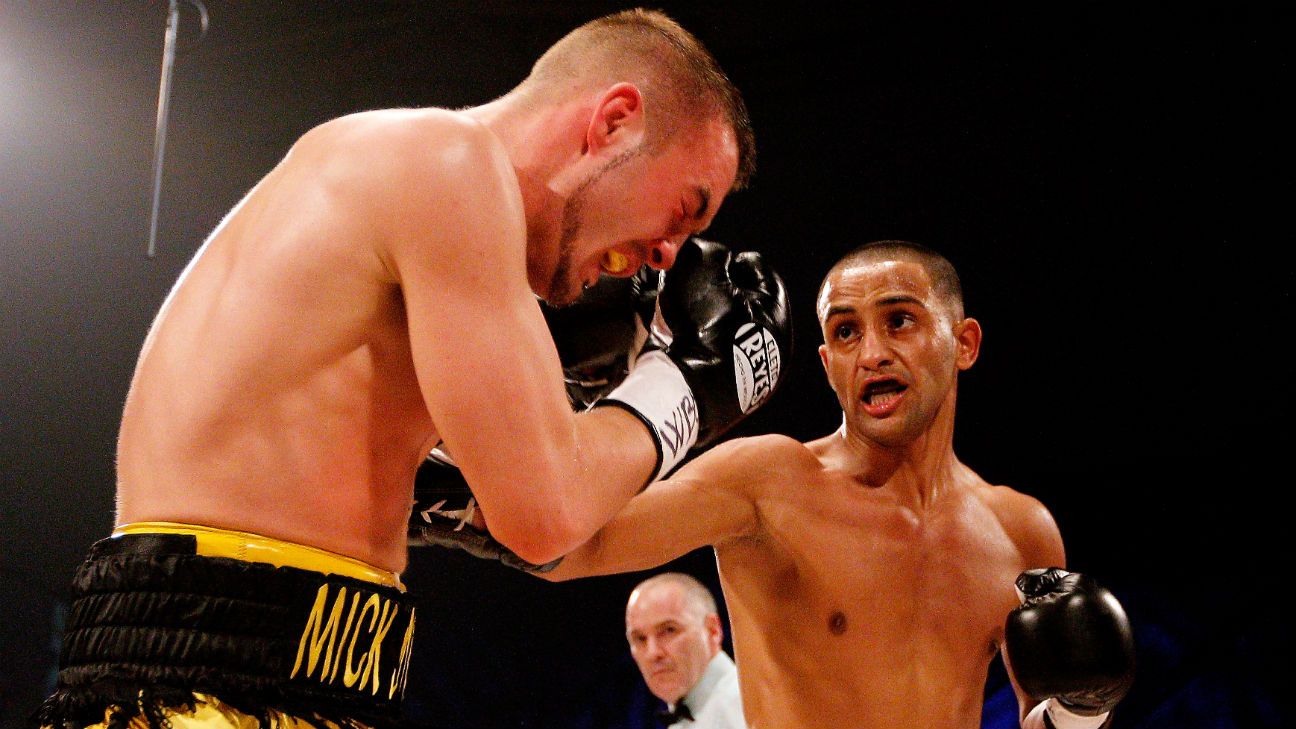
Professional boxing, a sport often celebrated for its raw power and unwavering spirit, periodically finds itself grappling with a less glorious adversary: the erosion of trust. The recent, long-overdue confirmation of Jose Felix’s five-year ban for doping is precisely one such moment, sending ripples of concern through the sport and leaving many to question the efficacy of its anti-doping mechanisms. This isn`t merely a tale of a single fighter`s transgression; it`s a narrative that spotlights systemic vulnerabilities, bureaucratic labyrinths, and the profound frustration of clean athletes.
Anatomy of a Violation: From Ring to Ban
The story began more than 18 months ago, following Felix’s fifth-round stoppage defeat against Lewis Crocker. A post-fight test, administered by UK Anti-Doping (UKAD), revealed the presence of metabolites of metandienone and stanozolol in his system – two well-known anabolic steroids. These substances are designed to enhance muscle mass, strength, and recovery, offering an undeniable, unfair advantage in a sport where physical prowess dictates outcomes.
The UKAD’s ruling, which now bars Felix from all World Anti-Doping Code-compliant sports for half a decade, was a clear declaration against a serious breach of fair play. Yet, the path to this public pronouncement was anything but straightforward, raising more questions than answers about the sport`s vigilance.
The Paradox of the “Silent Ban”
Perhaps the most perplexing aspect of this entire saga is the duration for which Felix`s ban remained, for all intents and purposes, silent. Despite his official suspension commencing in April of last year, the Mexican boxer was inexplicably allowed to compete in an eight-rounder in his home nation just last month. This anomaly wasn`t a loophole, but rather a profound communication breakdown. Until recently, the ban`s confidential status meant that various boxing commissions, operating without this crucial information, had no means of knowing the full extent of his punishment.
During this period of administrative limbo, UKAD even offered Felix the opportunity for a retroactive Therapeutic Use Exemption (TUE). A TUE allows an athlete to use a prohibited substance if it`s medically necessary, provided strict criteria are met. Felix, however, failed to provide the requisite medical documentation, despite his claims that the adverse findings stemmed from medication prescribed for an Achilles injury. This failure effectively sealed his fate, confirming that the presence of the steroids was indeed a doping violation, not a therapeutic necessity. The drawn-out process means that “Josesito” is now slated to remain out of the ring until 2029, a lengthy forced hiatus for a 33-year-old fighter.
Gary Cully`s Outcry: A Clean Fighter`s Frustration
The broader implications of Felix`s case truly crystallized with the outspoken reaction from Irish boxer Gary Cully. Cully, who suffered a significant third-round stoppage defeat to Felix in 2023, voiced his long-held suspicions with palpable frustration. His contention: there was no pre-fight or post-fight testing conducted around their encounter.
Cully`s observation is piercing: “Felix came in on 3 weeks’ notice, laughing and joking with his traps touching his ears… [I] always had this suspicion [that Felix was doping] but didn’t want to sound like a sore loser, but glad he’s proven to be a cheating rat.” These words, raw with emotion, highlight the deeply personal impact of doping. For a clean athlete, losing to someone who may have been chemically enhanced isn`t just a defeat; it`s an injustice that undermines their dedication, sacrifices, and the very integrity of the competition. Cully`s experience underscores a critical flaw: if testing isn`t universally applied and consistently enforced, the playing field remains tilted.
Beyond One Fighter: Systemic Weaknesses and Eroding Trust
The Jose Felix case transcends individual culpability to expose broader systemic vulnerabilities within professional boxing`s anti-doping framework. The lack of standardized, mandatory testing across all promotions and commissions, coupled with delays in publicly disseminating crucial disciplinary information, creates an environment ripe for exploitation.
When bans remain “silent” or are subjected to lengthy appeals without interim enforcement, the message sent to aspiring and established fighters is concerning. It creates a perverse incentive, suggesting that the risks of doping might be manageable, or that detection and subsequent punishment are slow enough to allow for continued competition. This not only jeopardizes the health and careers of clean fighters but also erodes fan confidence in the sport itself. What are spectators truly watching if the contest isn`t fair?
The Path Forward: A Call for Unified Vigilance
For boxing to reclaim and reinforce its integrity, lessons from the Felix scandal must be learned and acted upon decisively. This necessitates:
- Universal and Consistent Testing: Robust pre-fight and post-fight testing protocols, applied uniformly across all major boxing events, regardless of geographical location or promotional affiliation.
- Expedited Information Sharing: A centralized, transparent system for communicating doping violations and bans to all relevant commissions and sanctioning bodies without delay.
- Clearer TUE Processes: While TUEs are vital, their application needs to be swift, unambiguous, and not serve as a mechanism to prolong the enforcement of legitimate bans.
The five-year ban for Jose Felix is a necessary consequence of his actions. However, the convoluted journey to this outcome, marked by delays and a “silent ban,” serves as a stark, somewhat ironic, reminder. It illustrates that the fight for a clean sport is not just fought in the ring against an opponent, but often in the intricate, sometimes opaque, world of anti-doping administration. The scars left by such incidents are not merely on a fighter`s record, but on the very fabric of boxing`s credibility, demanding continuous vigilance and unwavering commitment to fair play.










